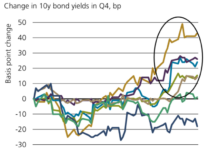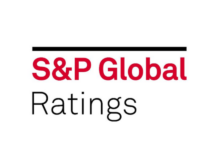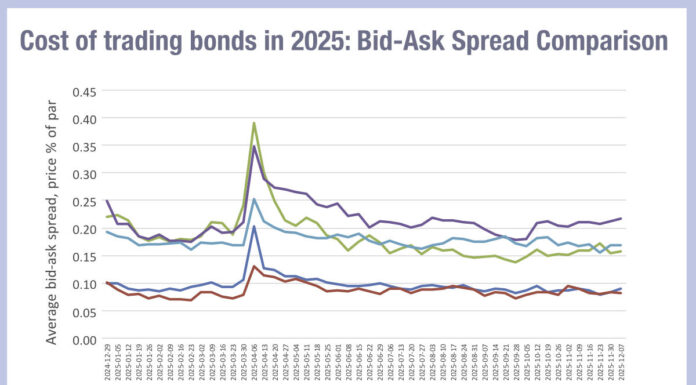No changes were made to S&P Global’s 21 APAC sovereign ratings or outlooks in H1 2025, suggesting an expectation that the global economy will avoid severely negative outcomes – despite ongoing geopolitical tensions in the Middle East.
However, in spite of stability across ratings, the firm acknowledges that “there is a high degree of unpredictability around policy implementation by the US administration and possible responses–specifically with regard to tariffs–and the potential effect on economies, supply chains, and credit conditions around the world.
“As a result, our baseline forecasts carry a significant amount of uncertainty, magnified by ongoing regional geopolitical conflicts.”
Just three of S&P Global’s 21 APAC sovereign credit outlooks are positive: India, Mongolia, and the Philippines. Long-term government ratings for other countries in the region remain stable, which S&P states reflects its confidence that there will be few or no changes over the next year. Sri Lanka has retained its default position and therefore does not have an outlook.
The average APAC sovereign rating is BBB or BBB+, maintaining levels seen since the 2023 downgrade of Bangladesh to B+.
Despite the expectation of little movement in the region’s sovereign ratings, S&P notes that trade and tariff truces, alongside wars and conflicts, will determine trends in ratings in the next few years.
S&P Global does not expect to see conflict in the South China Sea or Taiwan Straits, and predicts that a desire for regime stability in North Korea will prevent risks emerging from the country. Elsewhere flags the potential for escalation in the Cambodia-Thailand border dispute and notes that tensions can increase unexpectedly between parties.
On tariffs, S&P notes that high rates could cause an economy to lose market share and future manufacturing investments.
It continued, “Until uncertainties about US import tariff levels clear, many economies will face slow investment. And, since tariff rates can change again, exporters are unlikely to put a lot of production in any one location.”
Smaller export-oriented countries in the region may also be sideswiped by the US-China trade war if larger countries raise tariff walls to protect domestic production, S&P warned, damaging economies.
These countries may also be struck by increased energy importation and food costs if the Iran-Israel ceasefire is broken or trade through the Strait of Hormuz is compromised.
Countries including India, Indonesia and the Philippines, which are already reporting current account deficits or small surpluses, are most likely to face downgrades in these circumstances.
Broader implications on government finances will further damage economies, S&P continued, with revenue falling and inflation rising.
©Markets Media Europe 2025












